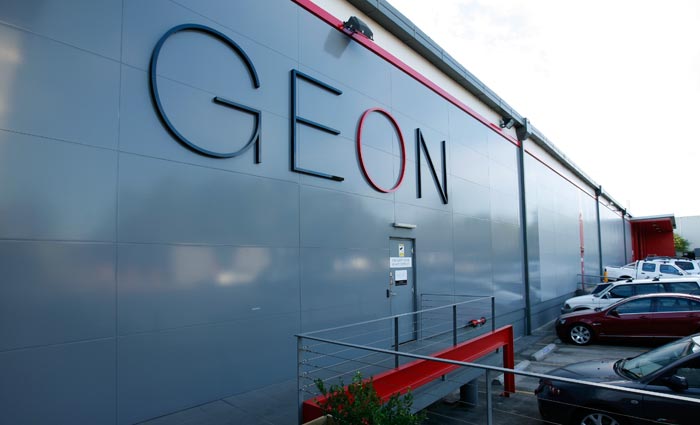
According to an extensive creditors report prepared by administrator PPB Advisory, QBE first notified the industry of plans to tighten terms back in April-May 2011.
Any changes would have had significant impacts on Geon, which was spending $32 million a year on paper at the time.
According to the report, in April-May 2012, “QBE indicated it was considering exiting the industry and no longer offering credit insurance.”
Asked about this last month, a QBE Australia spokesperson told ProPrint: “QBE is a key underwriter in the printing space and we have no plans to exit the industry. As a trade credit insurance specialist, we continue to write risk across a variety of industries and regions.”
[Feature: Why is credit broken?]
However, according to the PPB report, specific changes to Geon’s insurance conditions were set to have a major impact this year. Under a new arrangement agreed in November 2012 and set to take effect in February, paper merchants would only be insured to extend credit to Geon for 45 days, down from 60 days.
But the print group’s ledger was actually going the other way. According to the creditors report, on 30 June 2012, only 9% of Geon creditors were outside of 60-day terms; by 9 January 2013, this had blown out to 30%.
Ultimately, this cashflow gap was the nail in the coffin for the print group.
Geon’s directors had been waiting for a $3 million injection of working capital from new owners KKRM. “This funding was to meet the group’s working capital requirement arising through the shorter paper suppliers’ credit terms,” said PPB’s report.
Conditions had already got tougher in the New Year, with monthly revenues down 13%. Geon blamed increased competition from Blue Star, which was in a much stronger position following the acquisition by Geoff Selig and Wolseley Private Equity two months previously.
By 20 February, Geon’s directors had realised the $3 million from KKRM probably wouldn’t materialise and decided the only option was to file for voluntary insolvency.
The administrator’s report includes a pointed remark from Geon’s directors that if they had not been waiting for this $3 million, they would have sought funds from elsewhere.
[LinkedIn: Do you have credit insurance?]
This article first appeared in the JULY 2013 issue of ProPrint Magazine
Comment below to have your say on this story.
If you have a news story or tip-off, get in touch at editorial@sprinter.com.au.
Sign up to the Sprinter newsletter
